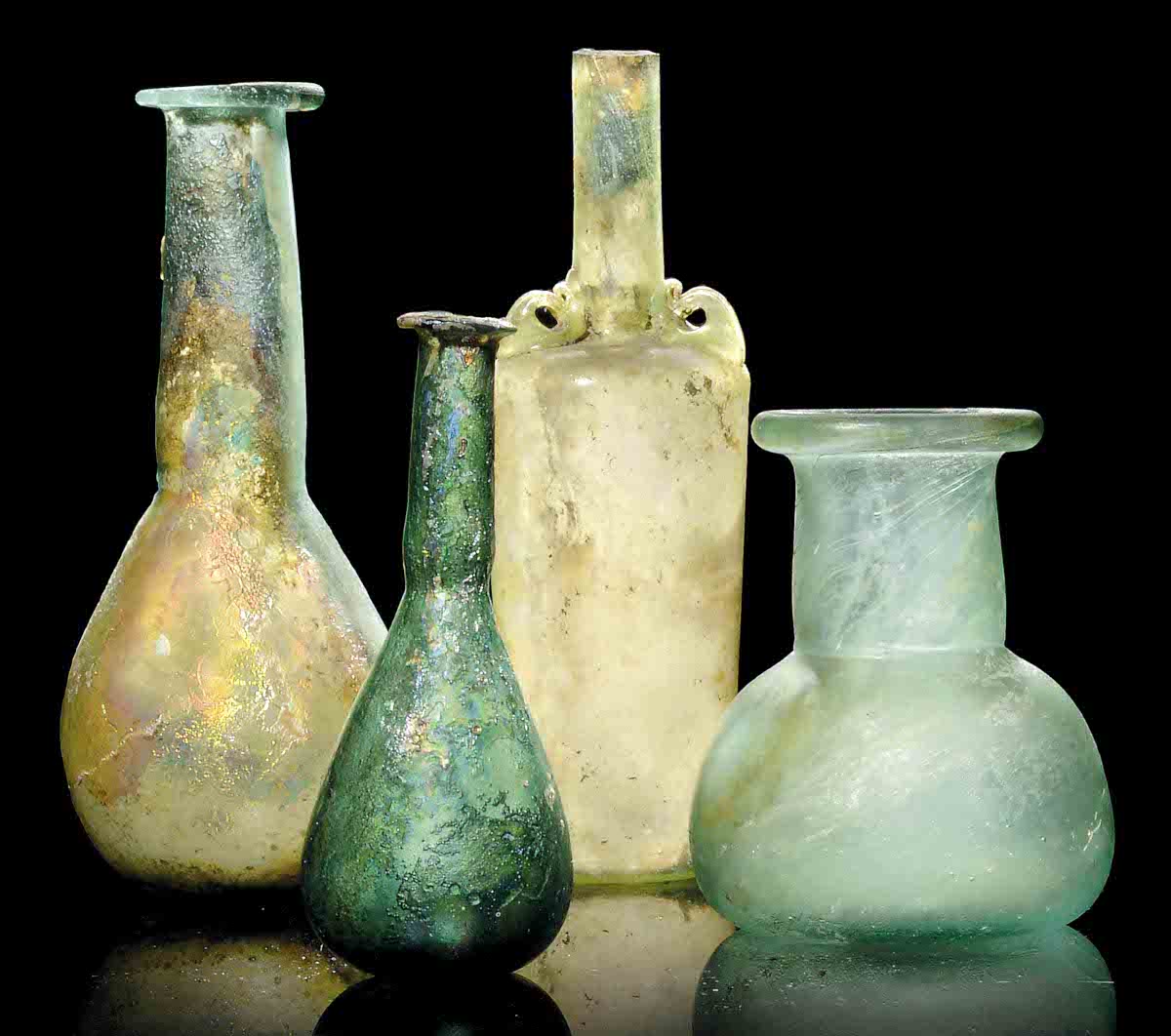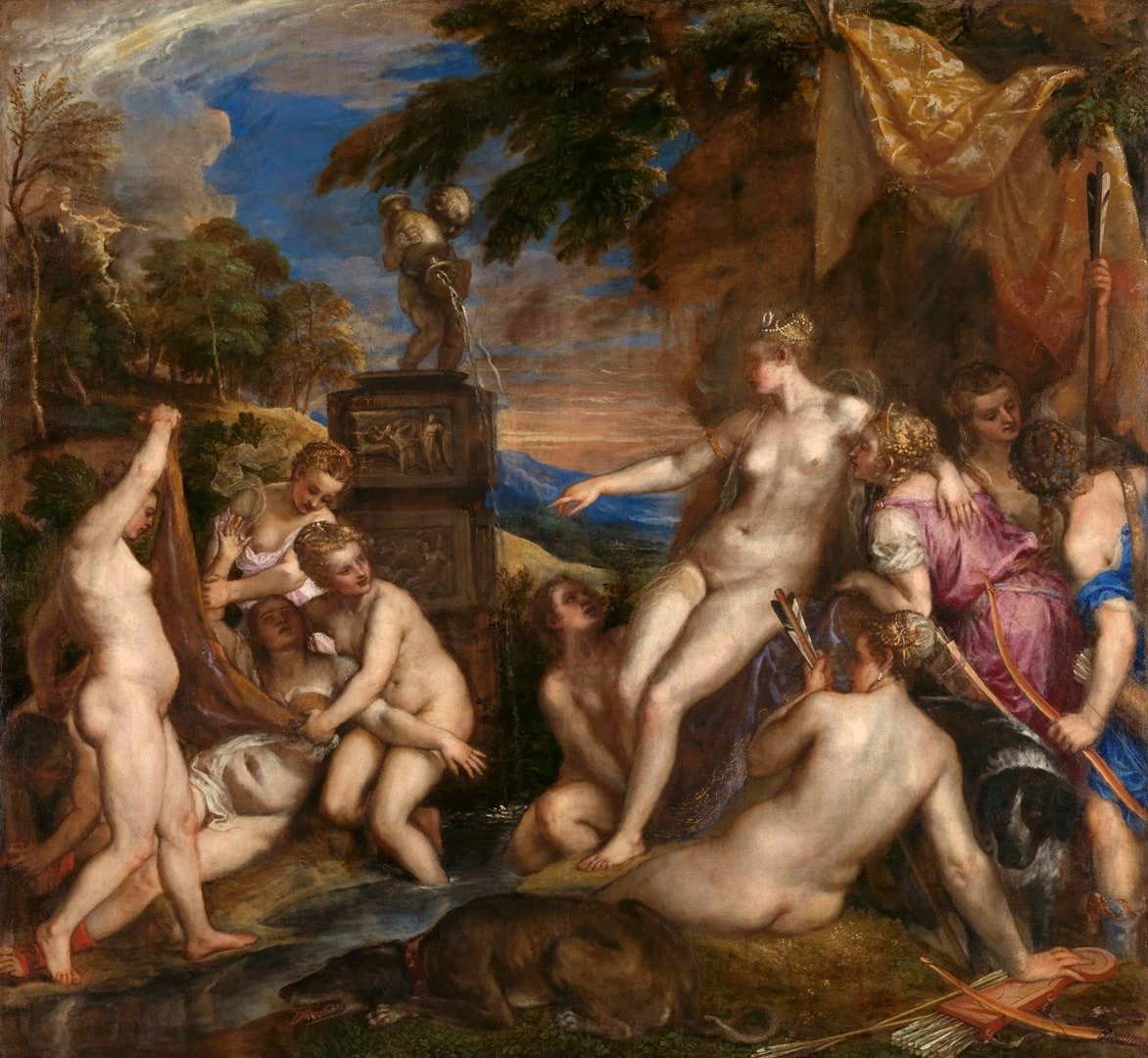
The love poets of the Augustan era produced some of the most well-known works of Classical literature. Inspired by their Greek predecessors, the Roman poets pioneered the genre known to us today as elegy. Although not exclusively about love, Roman elegy became synonymous with first-person poems recounting the love affairs of male poets who had devoted themselves to a mistress, often with disastrous consequences. These intimate accounts of highly personal experiences provide us with some fascinating insights into the world of sex and relationships in ancient Rome. One of the most innovative and accomplished of all the elegists of ancient Rome was the poet Publius Ovidius Naso, more commonly known today as Ovid.
Ovid: Life and Love Poetry in Ancient Rome

In 43 BCE, Ovid was born under the name Publius Ovidius Naso to a wealthy equestrian family based in the north of Italy. In his early adulthood, Ovid followed the traditional route into a senatorial career after finishing his education in Rome and Greece. However, after holding some minor administrative positions, he soon turned his back on politics and dedicated the rest of his life to writing poetry.
By his early twenties, Ovid was already giving public readings of his poems, and by his mid-forties, he was the leading poet in ancient Rome. However, in 8 CE, he was dramatically sent into exile by Emperor Augustus, an event which dominated the remainder of his life. The exact reasons for his exile are not clear. Ovid himself describes them as “carmen et error”, meaning “a poem and a mistake”. The poem is believed to be the erotically-themed Ars Amatoria, but little is known about the mistake. Scholars believe that it was some sort of indiscretion which angered the emperor directly.

Get the latest articles delivered to your inbox
Sign up to our Free Weekly NewsletterWe know more about Ovid’s life than that of nearly any other Roman poet. This is largely thanks to his autobiographical exile poems, Tristia. The events of his life and the poems that he produced were closely intertwined, and the development of his style of poetry mirrors the path that his life took. His earlier love poetry, which we will be concerned with, is playful, witty, and sometimes irreverent. However, the later works such as the epic Metamorphoses and melancholy Tristia take on grander, often more serious, themes that reflect his own personal challenges.
The Amores: The Personal Touch

The Amores, literally meaning ‘Loves’, were the first poems that Ovid published. Originally comprising five books, the poems were later edited into the three books that we have today. The Amores relate the poet’s experience of love and sex during the course of a relationship, but the true nature of the relationship is always obscured.
In an early poem, 1.5, Ovid sets a sultry scene of afternoon sex. The window shutters are half-closed, and the light in the room is diffused like that of a sunset or light shining through a wood. Ovid keeps it playful by first describing his lover as an “Eastern queen” and later as a “top-line city call-girl”. The poem creates a vignette of a highly intimate episode and the reader is left feeling like a voyeur watching through the keyhole. At the end, he abruptly tells us to fill in the rest of the details for ourselves – ostensibly preserving the privacy of the moment.

In poem 2.5, the tone has changed significantly when we are presented with a snapshot of his lover’s infidelity. Ovid catches her kissing another man in a public place, and describes the anger that he feels at her betrayal. But, as the poem progresses, he reveals that he is more annoyed by the fact that she did not try very hard to hide her indiscretion. When he confronts her, she manages to win him round with kisses of his own. But the final lines of the poem hint at his residual anxiety and jealousy; was she the same with the other man or did she save her best for him?
How much of what Ovid tells us is actually real? Often the love elegists of ancient Rome hide behind the mask of a persona, designed to allow creative freedom. But their skill also allows us to feel like we are glimpsing genuinely personal emotive experiences.

Throughout the Amores, Ovid uses the pseudonym “Corinna” when referring to his mistress. So who was this Corinna? Some scholars believe that she was actually his first wife (Green, 1982). The supporting evidence for this theory is the fact that Corinna appears to be available to Ovid at all times of day. They are together at dawn (poem 1.13), at siesta (poem 1.5), at the chariot races (poem 3.2), and at the theater (poem 2.7). This suggests that Corinna was not a paid sex worker or a casual lover.
Interestingly, in Tristia 4.10, written 40 years later, Ovid describes his first wife as “nec digna nec utilis”, meaning “neither worthy nor useful”. We also learn that the first marriage ended after a short period. Perhaps this raw early experience was the reason for the change in tone in the love poetry that followed.
Ars Amatoria: Advice for Lovers

The Ars Amatoria are a collection of poems aimed at those looking for love. Here we meet a more cynical Ovid since the Ars are chiefly concerned with the art of seduction rather than the act of falling in love. Ovid is now a sophisticated adult who has established himself as an elite member of Rome’s literary scene. He also appears to be very confident about his ability to provide dating advice for those less experienced than himself. Early on in poem 1 he describes himself in the following terms: “as Chiron taught Achilles, I am Love’s preceptor” (Ars Amatoria 1.17).
Ovid begins by suggesting good places in ancient Rome to pick up the most attractive girls. His preferences include: shady colonnades, shrines and temples, the theater, the Circus Maximus, banquets, and even Diana’s woodland shrine outside the city.

One of Ovid’s top tips for success with women is to get acquainted with the lady’s maid, as she can provide vital assistance in the early days of dating. He advises that the maid should be “corrupted with promises” and, in return, she will let it be known when her mistress is in a good mood. But he also warns against seducing the maid herself as this can create confusion further down the line.
Book 3 of the Ars Amatoria is supposed to be aimed at women. However, as the poem progresses, it becomes clear that the advice to women is more concerned with how they can please men rather than themselves.

Ovid advises women to hide beauty products and make-up containers since they should always maintain the illusion of natural beauty. Conversely, he makes it very clear that they should put time and effort into their appearance, particularly their hairstyles. He suggests they learn to sing or play a musical instrument, because music is seductive and accomplishments are attractive to men. He also warns women away from men who spend too much time on their own appearance. These men are more likely to be interested in other men and will waste their time.
The Ars Amatoria bear more than a passing resemblance to the works of 18th-century British writer Jane Austen. Like Austen, Ovid is imparting much of his so-called dating advice with his tongue firmly in his cheek.
Remedia Amoris: Cures for Love

The Remedia Amoris, written around 2 CE, is the antithesis of the Ars Amatoria. In this single poem Ovid gives advice on how to deal with relationship break-ups and broken hearts. Again he asserts himself as the expert in this field. A major theme of the poem is medicine, with Ovid placed as the doctor.
One of Ovid’s first tips for dealing with a bad relationship break-up is to “eliminate leisure, and Cupid’s bow is broken” (Remedia Amoris 139). One way in which he suggests keeping busy is to take up agriculture or gardening and enjoy the fruits of the harvest later down the line. He also recommends going on a trip because the change of scene will distract the heart from its sorrow.

Ovid also gives some advice on how best to break up with someone. He vehemently believes in a tough approach and says it is best to say as little as possible, and not allow tears to soften one’s resolve.
Much of the Remedia Amoris is written in a mock-solemn tone. Ovid pokes fun at the traditional language of rhetoric and epic poetry by referencing Greek mythology in his dating advice. As an example, he warns that people who do not deal well with a break-up may end up like Dido, who killed herself, or Medea, who murdered her children in jealous revenge. Such extreme examples are designed to contrast sharply with the context of the poem and to demonstrate Ovid’s own literary skills.
Medicamina Faciei Femineae: Ovid the Beauty Guru

The final chapter of Ovid’s “advice poetry”, otherwise known as didactic poetry, is an unusual little poem whose title translates as “Cosmetics for the Female Face”. The poem, of which only 100 lines survive, is thought to predate the Ars Amatoria. Here Ovid is parodying more formal didactic works, such as Hesiod’s Works and Days and Virgil’s agricultural manual the Georgics.
In the Medicamina, Ovid declares that it is important for women to cultivate their beauty. Although good character and manners are more important, one’s appearance should not be neglected either. He also states the belief that women attend to their appearance more for their own pleasure rather than anyone else’s.

From the extant lines, Ovid suggests some interesting ingredients for effective face masks. One such concoction includes: myrrh, honey, fennel, dried rose-leaves, salt, frankincense, and barley-water all mixed up into a paste. Another involves the nest of a kingfisher, crushed with Attic honey, and incense.
Ovid goes into great detail about effective beauty treatments and make-up in the poem. His level of knowledge in this area is impressive and unusual, putting him on a par with ancient naturalists, such as Pliny the Elder. The Medicamina, therefore, provides a fascinating insight into the ingredients used in beauty products in ancient Rome. It also goes hand-in-hand with the Ars Amatoria in its advice aimed specifically at women and how they can best attract the perfect man.
Ovid, Love, and Ancient Rome

Ovid’s attitude to sex and relationships in his love poetry can be described as casual and even flippant. Clearly, his interests lie in seduction and the thrill of the chase rather than the act of falling in love. But there is also great humor to be found in the poems and kernels of sound advice and exceptional literary skill.

Ovid’s love poetry was ground-breaking for its time. His popularity soared at the turn of the 1st century CE and his works would have been well-known by many of ancient Rome’s elite society. However, his poetry was also an explicit rejection of conservative Augustan moral and political ideals. Sadly, Ovid’s pioneering approach to elegy went too far for Emperor Augustus. It cost him his career and, ultimately, his life as he died in exile in an outpost of the empire far away from the city he loved.








